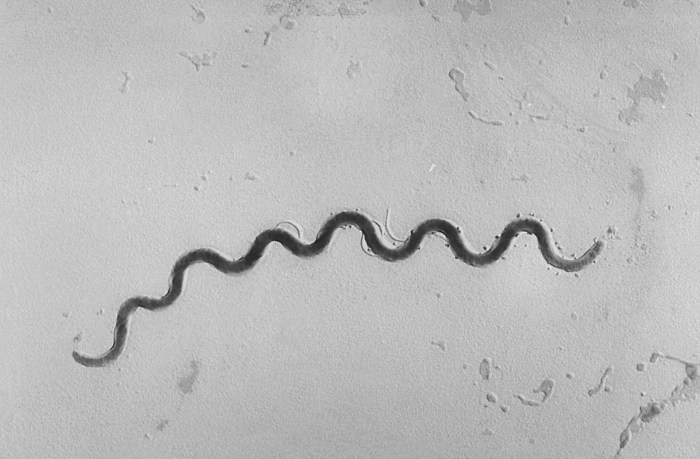Valentine’s Day is tomorrow, so our thoughts naturally turn to flowers and hearts. That’s probably why February has been American Heart Month for 54 years, since President Lyndon Johnson proclaimed it a federal event. In that spirit, we spoke to Dr. Dennis Finkielstein, associate chairman of cardiology and director of ambulatory cardiology at Mount Sinai Beth Israel about heart disease and how to prevent it.
What are the main types of heart disease?
“Heart disease” is a broad umbrella term. Many times there’s many different diagnoses. When most people talk about heart disease, they’re talking about coronary artery disease or coronary atherosclerosis, those two things you can use interchangeably. And that’s the kind of thing that, if left untreated, leads to myocardial infarction, or a heart attack, and weakened heart muscle. Arrhythmias, valvular heart disease, hypertension, weakened heart muscle from other causes — we call those cardiomyopathies — those are the other categories.
What are the symptoms of coronary artery disease?
Often times, cholesterol, atherosclerosis or cholesterol plaques can build up in the coronary arteries without symptoms, so it’s asymptomatic. When it becomes symptomatic, one of the most common symptoms is what’s called angina, and that is chest pain or pressure, often with exertion. Sometimes, in about 30 percent of people, the first manifestation of any coronary artery disease is an actual heart attack.
We often associate heart disease with aging. What about heart conditions in younger people?
We’ve noticed in Manhattan we have more and more people manifesting symptoms in their 40s, without a doubt. And we have a whole group of people who are manifesting in their 30s now. So the notion that the disease is only of the middle aged and above is absolutely not true anymore.
What are preventive steps people can take?
I would say that the No. 1 thing they can do is to see their physician to talk about their risks, and to take the time now to change their lifestyle to a healthy living lifestyle. We can lower risk with a healthy diet, achieving a goal blood pressure and a goal cholesterol.
Is there one diet that’s better for the heart than others?
The best diet so far, in terms of all the studies, is the Mediterranean diet. I like to tell people that the Greeks got it right and we got it wrong in America. They avoid the three F’s: fried food, fatty food, and fast food. They avoid drinking their calories except for a little alcohol. So that means no fruit juice, no soda and no iced tea. They don’t calorie stack, which means skip breakfast, lunch and have a huge dinner and go to the couch. They have their biggest meal around 4 p.m., and everything is fresh and unprocessed.
What about exercise?
Part of healthy living would be to have regular cardiovascular exercise. We tell people to aim for five-seven times per week, knowing they’ll fall short of that and probably hit 2 or 3 times per week. Any kind of exercise that raises the heart rate and keeps it maintained for 30-45 minutes.



















